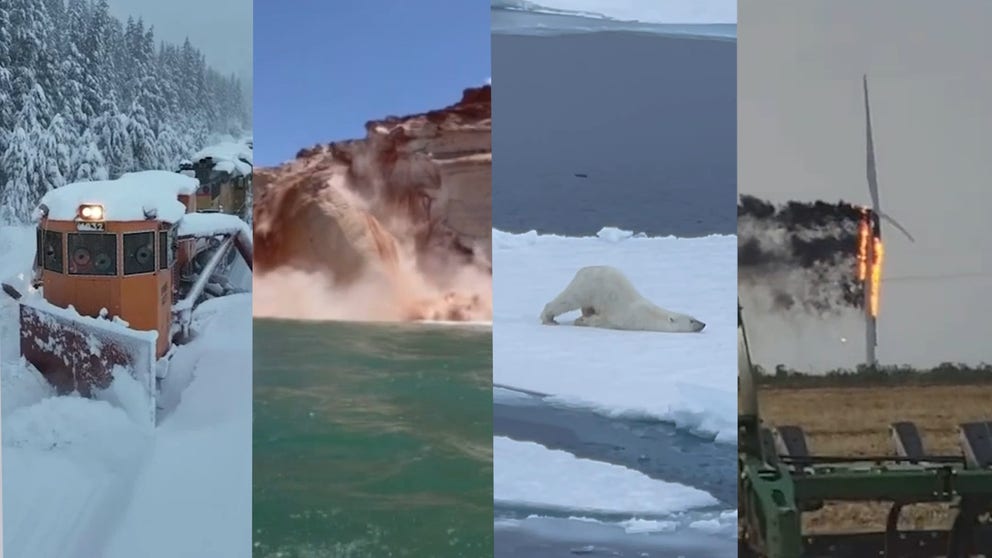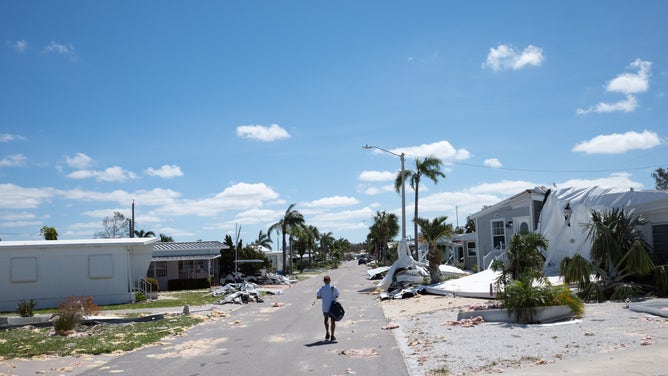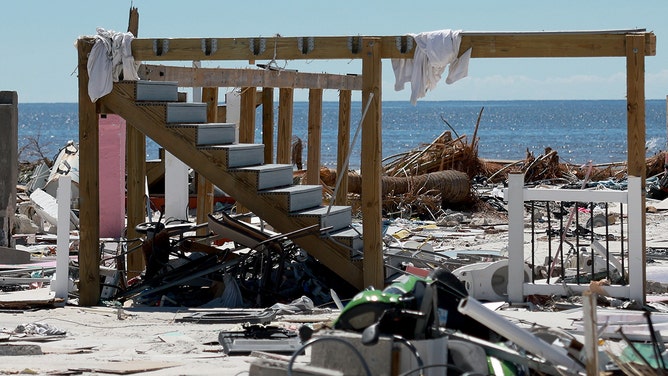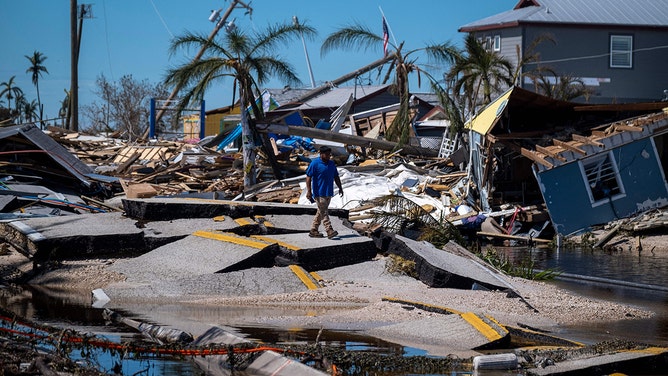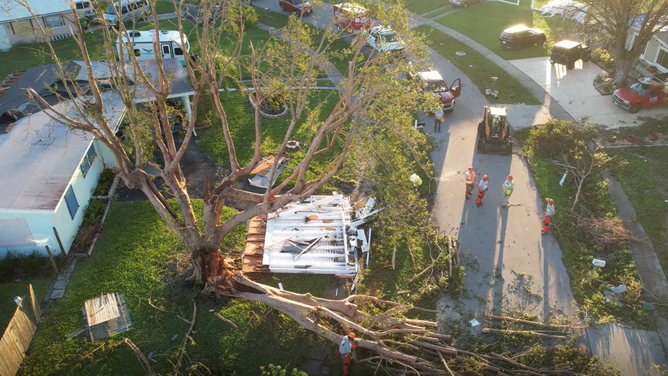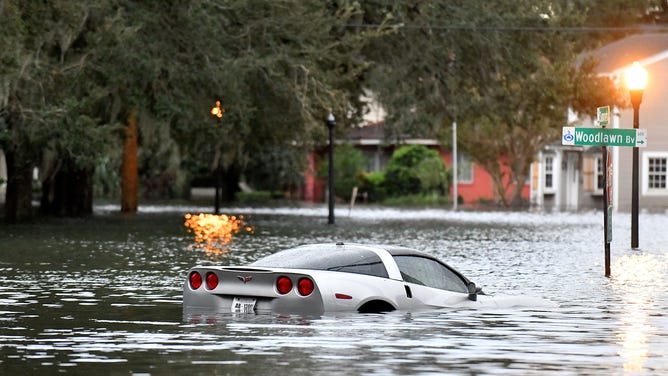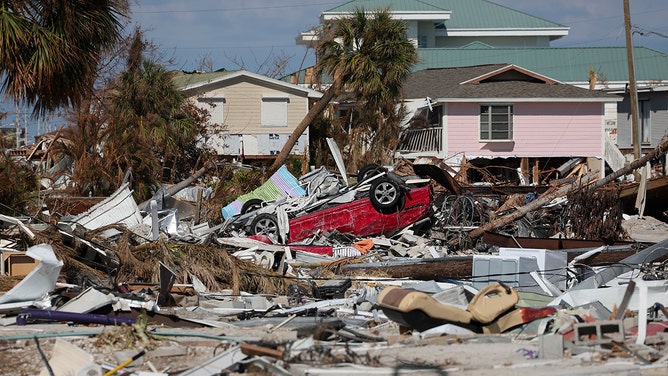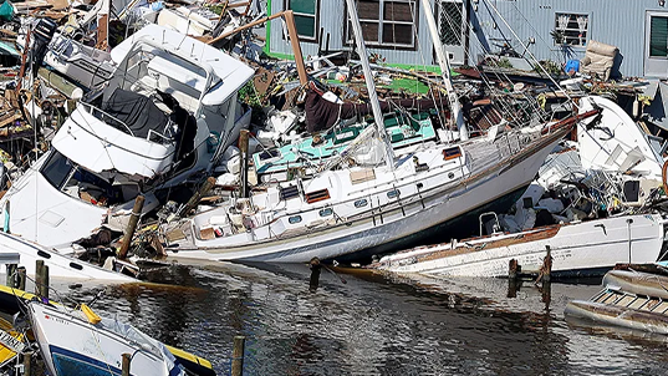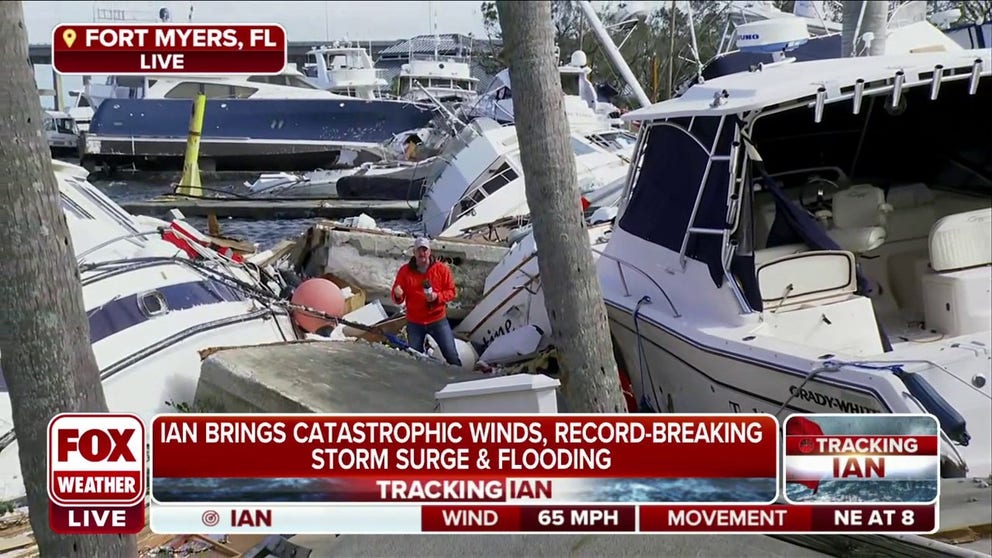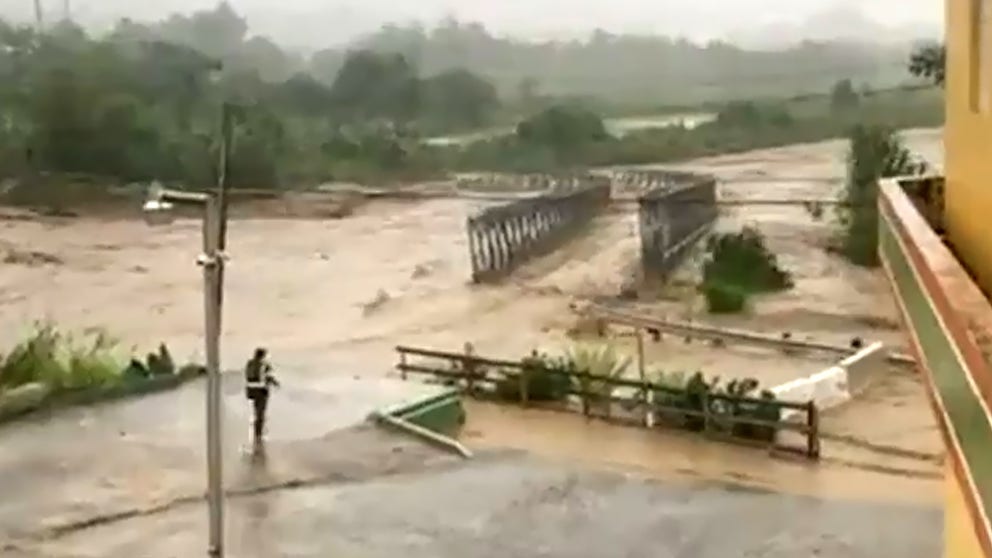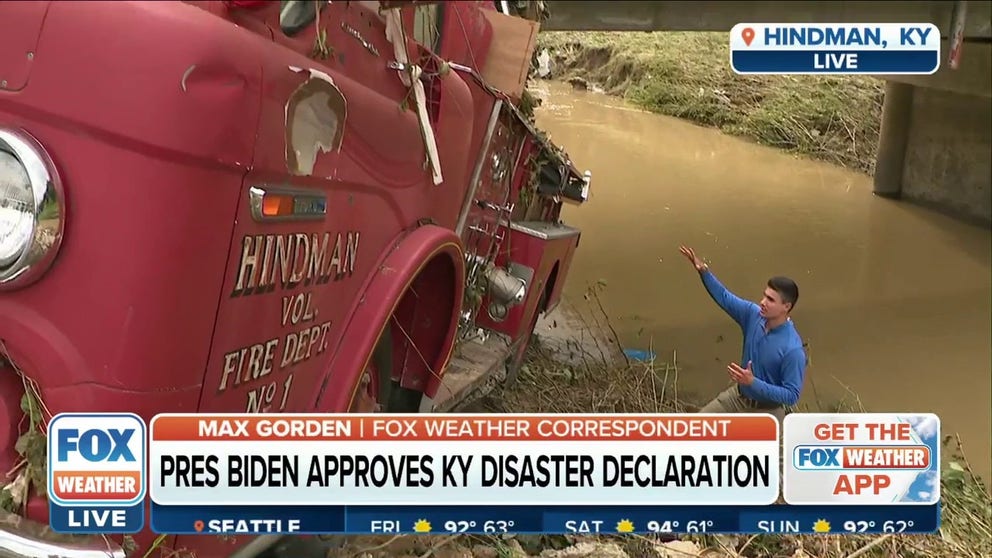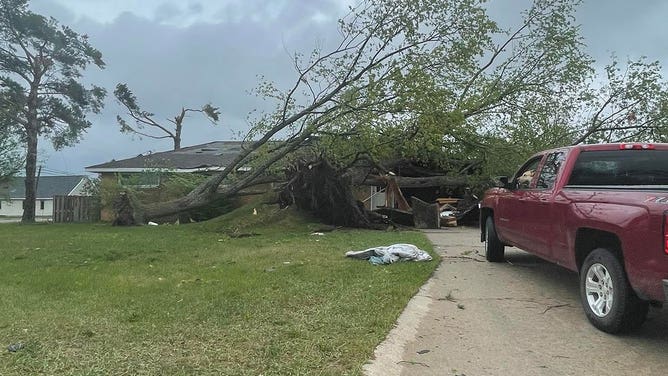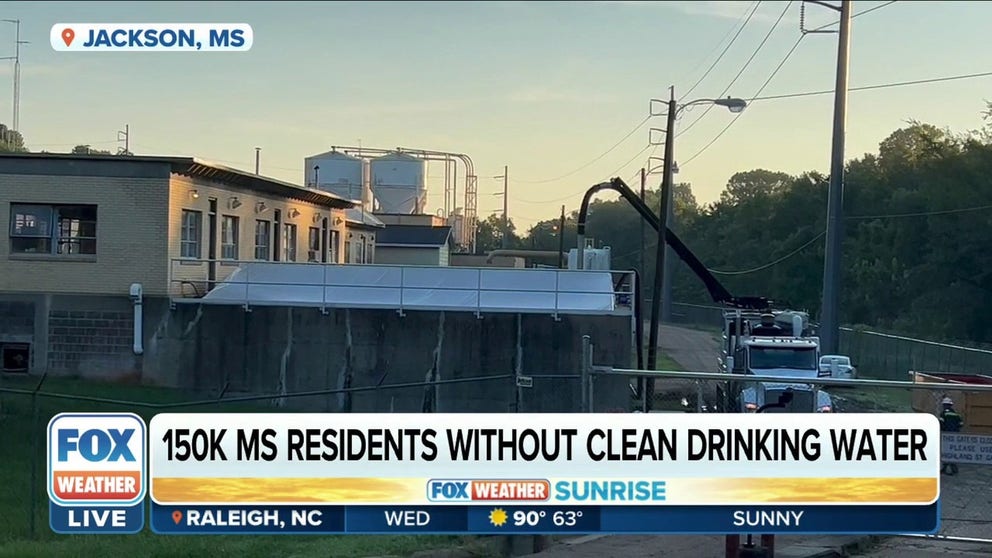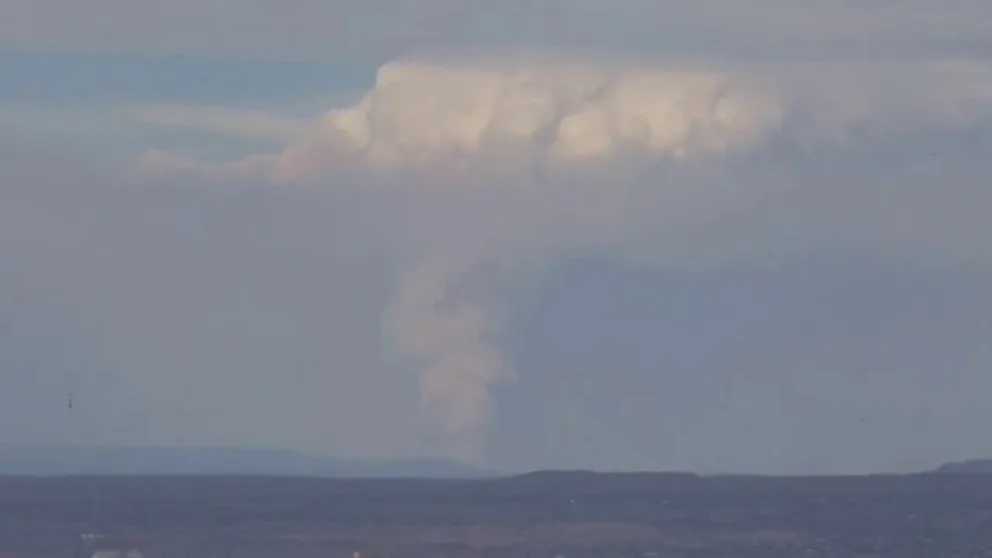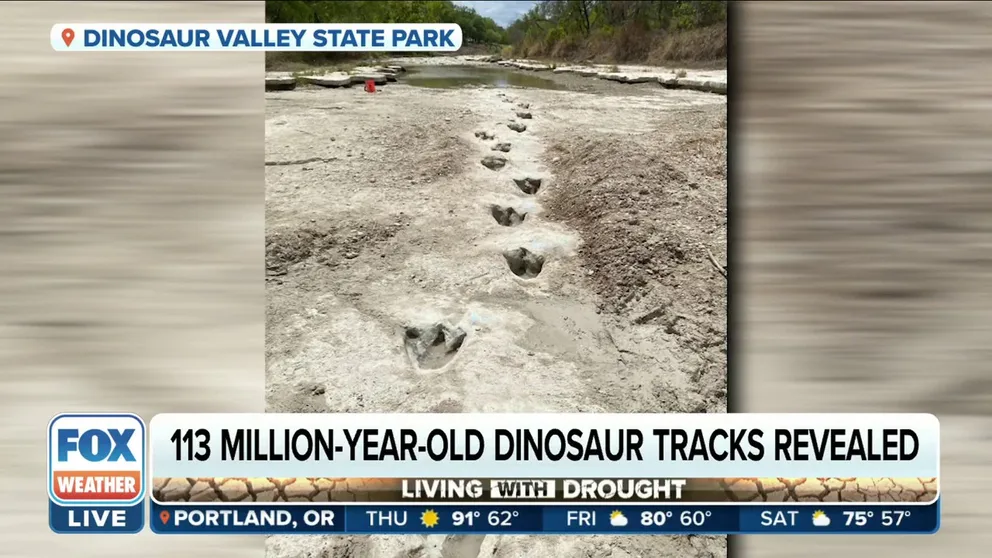Hurricanes, tornadoes, floods and drought: Look back at 2022’s wild weather
There have been at least 15 billion-dollar disasters in the U.S. this year, according to NOAA. It will take Americans months, if not years, to recover from some of them.
7 of the best extreme weather viral videos of 2022
From earthquakes to lightning strikes, here are some of the best extreme weather moments captured on camera in 2022.
There were a number of natural disasters in 2022, some of which have left lasting impacts on the communities hit hardest by Mother Nature’s fury.
According to the National Oceanic and Atmospheric Administration, there have been at least 15 billion-dollar disasters this year. That number was assessed in October and is down from the 20 billion-dollar disasters that happened in 2021.
Here’s a look back at some of the wild weather we experienced in 2022.
Hurricane Ian
On Sept. 28, Hurricane Ian slammed into Southwest Florida as a Category 4 hurricane. The ferocious 150-mph winds pushed ashore feet of water from the Gulf of Mexico that tore through homes and businesses along the coast in the Fort Myers area.
Ian crossed the Florida Peninsula diagonally and dumped flooding rain on the interior and blew in storm surge along the opposite coast from where it made landfall.
The storm made a third and final U.S. landfall in South Carolina two days after slamming into Florida.
More than 100 people were killed by the storm. Most of the fatalities happened in Lee County, Florida, and were attributed to drowning.
Boats tossed and turned from Hurricane Ian's storm surge in Fort Myers
FOX Weather's Robert Ray spoke to Fort Myers resident Bob Benham, who says this was the strongest weather he has ever seen.
Hurricane Fiona
Puerto Rico was hit hard by Hurricane Fiona in mid-September. The storm’s high winds and torrential rains led to devastating flooding and power outages that lasted for days.
Even after it had weakened days later, the storm still brought hurricane-force winds, driving rain and rough seas to the coast of Canada. The storm tore down coastal homes as the relentless waves ate away at the beach.
More than a dozen deaths were blamed on Fiona.
Watch Hurricane Fiona wreak havoc on Puerto Rico and the Dominican Republic
Bringing torrential downpours and catastrophic flooding, Hurricane Fiona devastated large swaths of Puerto Rico and the Dominican Republic.
Hurricane Nicole
November saw another hurricane hit Florida. Hurricane Nicole brought powerful waves, storm surge and blinding rain when it crashed into the Vero Beach area as a Category 1 hurricane.
The 15-foot waves ripped into the coast and brought down buildings in communities such as Daytona Beach Shores and Wilbur-By-The-Sea. St. Augustine, America’s oldest city, was inundated by the Atlantic Ocean as Nicole’s winds pushed feet of water ashore.
Nearly a dozen deaths in the Caribbean and the U.S. were blamed on Nicole.
"I have never seen anything like this" Wilbur-by-the-Sea homeowner recounts Hurricane Nicole
Wilbur-by-the-Sea homeowner Philip Martin recounts the harrowing moments when parts of his three properties began to fall into the water due to Hurricane Nicole.
Late July floods
Nearly 40 people were killed when flooding tore through eastern Kentucky at the end of July. About 10 inches of rain fell across the region over two days, and most of that fell in just a few hours.
A couple of days before the Kentucky floods, St. Louis, Missouri, was inundated when thunderstorms dumped nearly 10 inches of rain on the Gateway to the West. Rainfall rates as high as 5 inches an hour were reported during the storms.
Both of these floods were considered 1-in-1,000-year rainfall events.
Trucks, cars tossed around Hindman, KY due to severe flooding
Trucks and cars have been scattered across Hindman, Kentucky from devastating flooding. FOX Weather’s Max Gorden shows a fire truck that was tossed around by the force of the waters.
Tornadoes
One of the strongest tornadoes of the year happened in Georgia in April. The EF-4 twister ripped through places like Pembroke and Black Creek with winds as high as 185 mph along its nearly 13-mile-long path.
Gaylord, Michigan, experienced its first tornado in recorded history when an EF-3 twister with 150-mph winds ripped through the city. Two people were killed, and more than 40 others were injured.
A tornado touched down in Milwaukee, Wisconsin, in October. The EF-0 twister with 75-mph winds was the first to hit the city in more than 20 years.
The year ended with a tornado outbreak. More than 50 twisters were reported from Texas to Georgia in mid-December. At least 3 deaths were blamed on the storms in Louisiana, where a mother and her 8-year-old son were among the fatalities. Some New Orleans neighborhoods were also ripped to shreds by a tornado.
'I thought we were going to die for sure': Tornado survivor shares aftermath
In Keithville, Louisiana, an EF-2 tornado with winds estimated at 130 mph managed to decimate homes around Linda Barry as she huddled under a mattress, reciting the Lord’s Prayer for comfort.
Water crisis in Mississippi’s capital
In August, flooding in Jackson, Mississippi, caused a failure at the city’s primary water treatment plant. The result was about 150,000 people in the city being left with little to no running water for days. The National Guard was called in to help distribute bottled water.
150,000 residents in Jackson, MS without clean drinking water
150,000 people are without safe drinking water after a water pump failed because of flooding that hit the area in the last week. FOX Weather's Will Nunley reports from Jackson, Mississippi.
Largest wildfire in New Mexico history
The largest wildfire in the history of New Mexico consumed more than 340,000 acres and burned nearly 200 homes over the course of 90 days. The Calf Canyon and Hermits Peak fire started in early April and burned until early July. At one point, nearly 2,100 firefighters were called in to battle the blaze.
Thick smoke from record-breaking wildfire rises into New Mexico sky
Timelapse video shows a thick stream of smoke from the Calf Canyon/Hermits Peak Fire rising into the sky over the Pecos Wilderness. (Video: @RayPhillips207 via Storyful)
Oddities, mysteries unearthed by drought
Ancient treasures were revealed over the summer as drought left parts of the country parched.
The 113-million-year-old footprints of dinosaurs were exposed in the dried-up part of a river in Texas. Low water levels in the Mississippi River also revealed a shipwreck in Baton Rouge, Louisiana, and a supposed Civil War-era belt buckle in Memphis, Tennessee. In the drought-ravaged West, low lakes allowed not only abandoned boats to resurface, but also a barreled body.
Across the Northern Hemisphere, drought led to the appearance of foreboding carvings, ancient cities and "The Spanish Stonehenge."
Texas drought revealing ancient dinosaur tracks
Drought conditions have revealed 113 million-year-old dinosaur tracks at Dinosaur Valley State Park. Jeff Davis, Park Superintendent at Dinosaur Valley State Park talks more about it.
